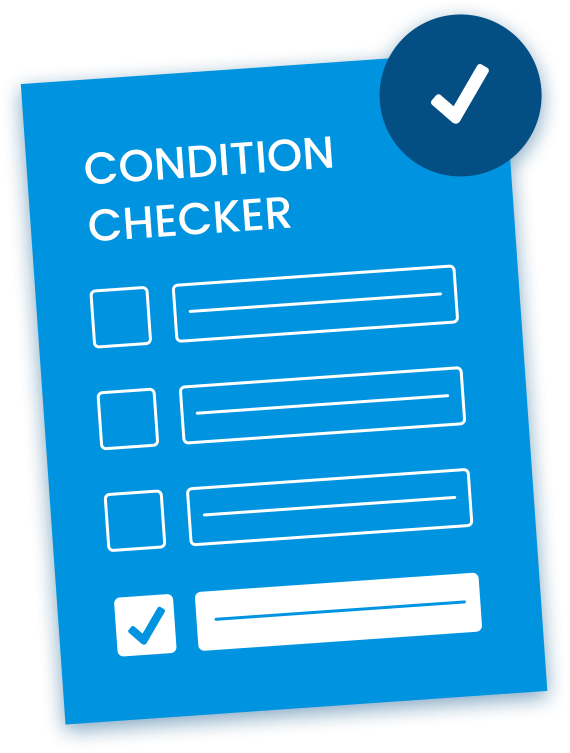Trochanteric Bursitis
Find out which possible conditions you may be suffering from by trying our 2-min Guided Pain Assessment Form!





Trochanteric Bursitis—also known as hip bursitis—occurs when the bursae that line the hip suffer inflammation or injury. A common source of hip pain, trochanteric bursitis results in burning pain on the outside flank of the hip.
Your bursae, pronounced bur-say, are protective fluid-filled sacs that can be found in proximity to the joints throughout the body. These sacs act as friction-absorbing cushions that provide a buffer between two opposing parts of the body as they move. We can find bursae between our bones and muscles, as well as between our bones and their supporting tissues. For example, your trochanteric bursae sit between your hip bone and the connective tissue that runs over it.
In addition, these two bursae lie on the outside of the upper thigh bone, known as the greater trochanter. They sit between the bone itself and the iliotibial band. A set of connective fasciae, the iliotibial band runs from the hip, over the trochanter bone, and down the side of the leg to the knee. As we move, this band glides smoothly over the trochanter bone with the help of the trochanteric bursae. These bursae are not made of steel, however. Our trochanteric bursae can become irritated over time and with the interference of many differ factors.
Causes of Trochanteric Bursitis:

Find your condition with our 2-minute Condition Checker.
Initially, the bursae may sound like small, inconsequential aspects of our anatomy. However, the painful symptoms associated with hip bursitis often debunk this misconception. Remember: our bursae are crucial in facilitating the fluid, pain-free movement of out joints. Whatever the cause of your hip bursitis, the symptoms will speak to this point. For example, signs of hip bursitis often include:
However, the symptoms of trochanteric bursitis will depend on the person and severity of the inflammation. Symptoms may be minor, subsiding with a little rest and some ibuprofen. For others, the pain can build to excruciating levels, holding sufferers back from family and the things they love. The good news, however? A variety of successful and lasting treatment options can deliver long-term relief from trochanteric bursitis.
Our team of spine experts at NJ Spine & Ortho possesses decades of experience in treating trochanteric bursitis. Armed with today’s leading diagnostic and treatment tools, we can help you find the right course of treatment.

Discover which treatment options are right for you with our Treatment Finder.
Traditional Options
Treatments for trochanteric bursitis will depend upon the severity of the pain and inflammation. Nonsteroidal anti-inflammatory NSAIDs like ibuprofen will often be recommended. For more severe inflammation, your physician may write a script for prescription-strength painkillers.
In addition, your doctor may administer corticosteroid injections to provide you with temporary relief. This minimally invasive option can reduce pain and inflammation in the joint, allowing for healing to occur. However, the effects of these injections only last for a limited amount of time. So, your doctor will need to give a series of injections over many months.
For more severe circumstances, your condition may require surgery. But before jumping to any conclusions, take some time to discuss your treatment options with a physician. Our team of spine experts at NJ Spine & Orthopedic specializes in the diagnosis and treatment of orthopedic conditions, like trochanteric bursitis. Our surgeons will help you find the least invasive and most successful options for you.

Determine your eligibility with our Candidacy Verification.
CONTACT
Phone: 855.586.2615
Current Clients: 855.706.1011
NJ Spine and Orthopedic is dedicated to delivering minimally invasive laser spine surgeries to eliminate the pain, discomfort, and dysfunction of numerous conditions of the neck and back.
OVERVIEW
LOCATIONS
Copyright © 2025 NJ Spine & Orthopedic